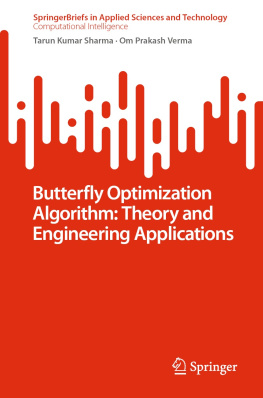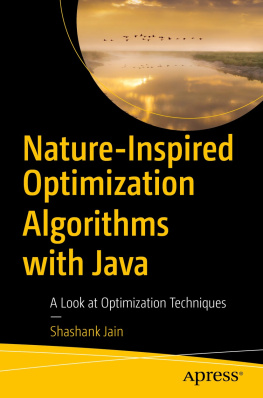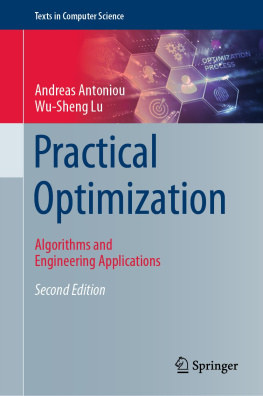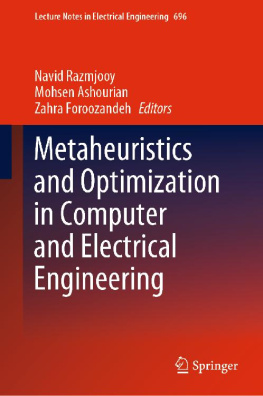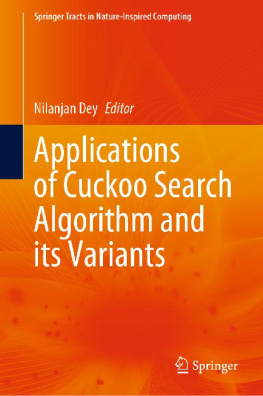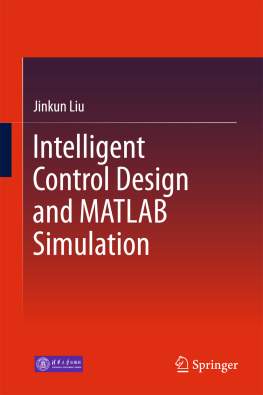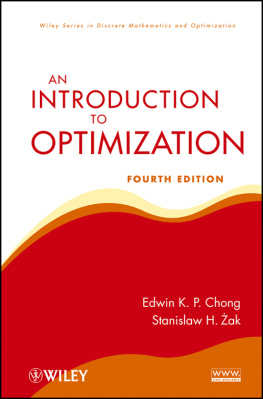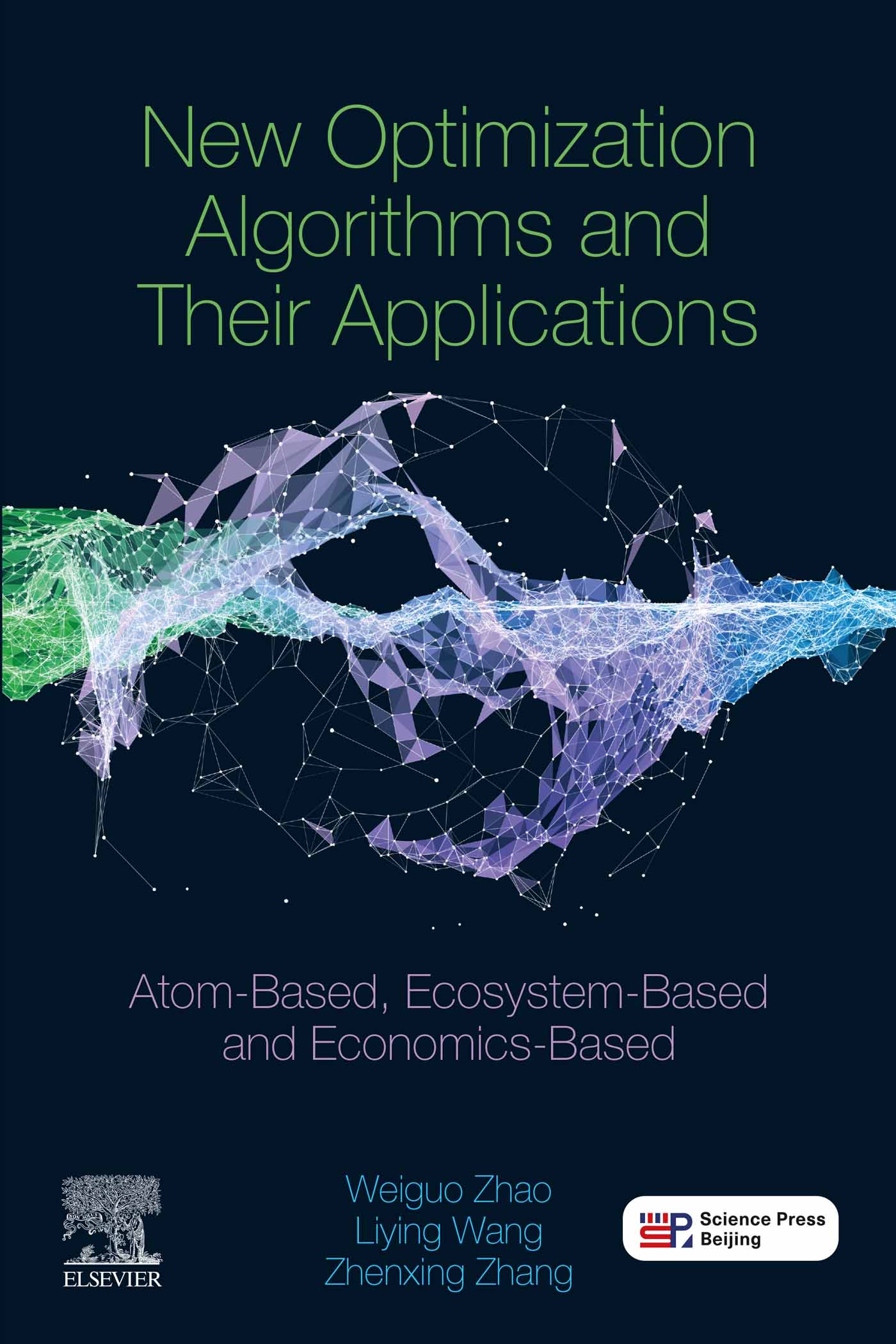Copyright
Elsevier
Radarweg 29, PO Box 211, 1000 AE Amsterdam, Netherlands
The Boulevard, Langford Lane, Kidlington, Oxford OX5 1GB, United Kingdom
50 Hampshire Street, 5th Floor, Cambridge, MA 02139, United States
Copyright 2021 China Science Publishing & Media Ltd. Published by Elsevier Inc. All Rights Reserved.
No part of this publication may be reproduced or transmitted in any form or by any means, electronic or mechanical, including photocopying, recording, or any information storage and retrieval system, without permission in writing from the publisher. Details on how to seek permission, further information about the Publisher's permissions policies and our arrangements with organizations such as the Copyright Clearance Center and the Copyright Licensing Agency, can be found at our website: www.elsevier.com/permissions.
This book and the individual contributions contained in it are protected under copyright by the Publisher (other than as may be noted herein).
Notices
Knowledge and best practice in this field are constantly changing. As new research and experience broaden our understanding, changes in research methods, professional practices, or medical treatment may become necessary.
Practitioners and researchers must always rely on their own experience and knowledge in evaluating and using any information, methods, compounds, or experiments described herein. In using such information or methods they should be mindful of their own safety and the safety of others, including parties for whom they have a professional responsibility.
To the fullest extent of the law, neither the Publisher nor the authors, contributors, or editors, assume any liability for any injury and/or damage to persons or property as a matter of products liability, negligence or otherwise, or from any use or operation of any methods, products, instructions, or ideas contained in the material herein.
Library of Congress Cataloging-in-Publication Data
A catalog record for this book is available from the Library of Congress
British Library Cataloguing-in-Publication Data
A catalogue record for this book is available from the British Library
ISBN: 978-0-323-90941-9
This book was originally published in China with the ISBN 978-7-03-064198-4
For information on all Elsevier publications visit our website at https://www.elsevier.com/books-and-journals

Publisher: Glyn Jones
Editorial Project Manager: Naomi Robertson
Production Project Manager : Prasanna Kalyanaraman
Cover Designer : Miles Hitchen
Typeset by SPi Global, India
Preface
Weiguo Zhao
Liying Wang
Zhenxing Zhang
Optimization means to search for optimal solutions effectively and efficiently from a given solution space under the given constraints, by either maximizing or minimizing the objective function. Metaheuristic optimization algorithms, which are powerful tools for addressing these challenging optimization problems, are becoming increasingly popular. For this book, three novel intelligent optimization techniques, based on atomic dynamics, artificial ecosystems, and economics were developed, tested, and applied to practical engineering issues. The book is organized as follows:
- introduces the development of intelligent optimization algorithms and their advantages and disadvantages.
- introduces the process and basic principles of the atom search optimization algorithm and tests the algorithm.
- applies the atom search optimization algorithm in engineering issues.
- introduces the proposed process and basic principle of the artificial ecosystem-based optimization algorithm and tests the algorithm.
- employs the artificial ecosystem-based optimization algorithm in engineering applications.
- presents the inspiration and description of the supply-demand-based optimization.
- demonstrates the applications of the supply-demand-based optimization in different engineering cases.
- lists mathematical benchmark functions used to test the performance of various algorithms.
- lists optimization formulations of various engineering problems.
- provides the MATLAB codes of three algorithms.
We have been working on intelligent optimization algorithms for many years and have made some achievements. The book is compiled on the basis of the results of these achievements.
We appreciate the support of the administration and colleagues of the School of Water Resources and Hydropower, Hebei University of Engineering, China, as well as professors from other universities. We would like to express our respect and gratitude for the references in the book. We also acknowledge the publishers who permitted our papers to be adopted and utilized in the preparation of this book.
This book can be used by technicians who are engaged in computing and intelligent algorithms and various engineering practices that use optimization. It is also a good reference for postgraduates and teachers of relevant specialties in colleges and universities.
Our warmest gratitude is due to our families for their continued support in the course of preparing this book. Dr. Zhao worked on the ideas and papers, which motivated the preparation of this book, in Illinois State Water Survey, University of Illinois at Urbana-Champaign, USA. Preparing the book brought back all the beautiful memories in Champaign, IL. Owing to the limitation of our knowledge, we are not able to eradicate incompleteness or errors in the book. Your suggestions would be much appreciated. Please contact us with your suggestions the publisher.
Acknowledgments
Acknowledgment is given to Springer for permission to reprint material from the following paper:
- Zhao W, Wang L, Zhang Z. 2020. Artificial ecosystem-based optimization: A novel nature-inspired meta-heuristic algorithm, Neural Computing and Applications 32:93839425.
Acknowledgment is given to the Institute of Electrical and Electronic Engineers (IEEE) for permission to reprint a portion of the material from the following paper:
- Zhao W, Wang L, Zhang Z. 2019. Supply-demand-based optimization: A novel economics-inspired algorithm for global optimization, IEEE Access 7:7318273206. [2019] IEEE.
Acknowledgment is also given to Elsevier for permission to reprint material from the following papers:
- Zhao W, Wang L. 2016. An effective bacterial foraging optimizer for global optimization, Information Sciences 329:719735.
- Zhao W, Wang L, Zhang Z. 2019. Atom search optimization and its application to solve a hydrogeologic parameter estimation problem, Knowledge-Based Systems 163:283304.
The authors are grateful that the copyright permission was granted from the above publishers.
Chapter 1: Introduction
Abstract
This chapter introduces optimization algorithms and their details, including the inspiration, classification, and development. The problems that optimization algorithms are facing are emphasized.
Keywords
Optimization algorithms; Evolutionary algorithms; Metaheuristics
Contents
1.1: Optimization algorithms
Optimization algorithms are increasingly popular in intelligent computing and are widely applied to a large number of real-world engineering problems. Their popularity derives from the following aspects. First, all of these optimization techniques have some fundamental theories and mathematical models that have been proved to be reasonable, which come from the real world and are inspired by all types of physical phenomena or biological behaviors ().


